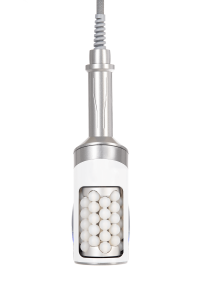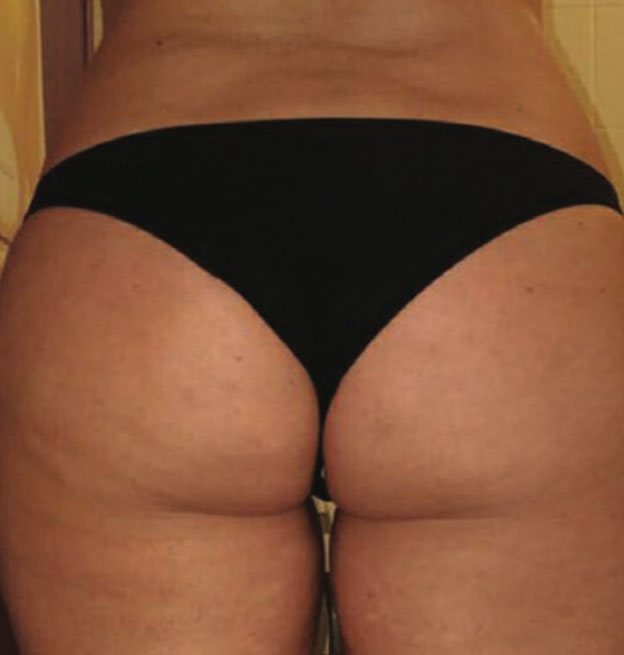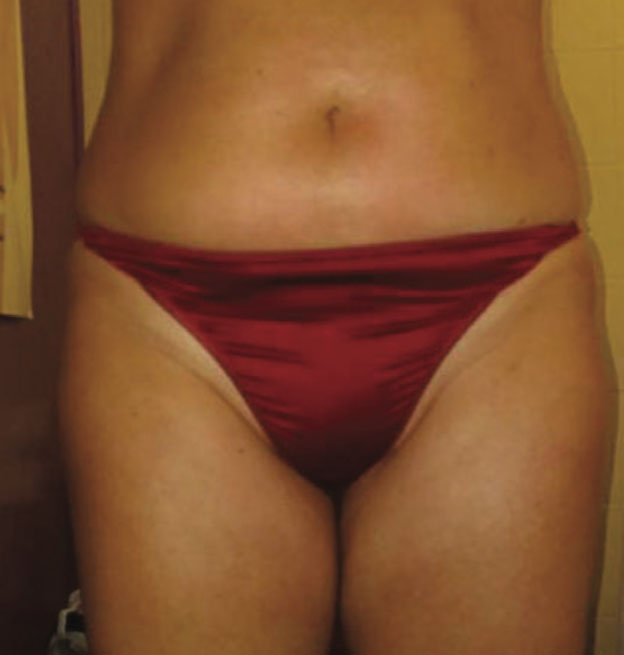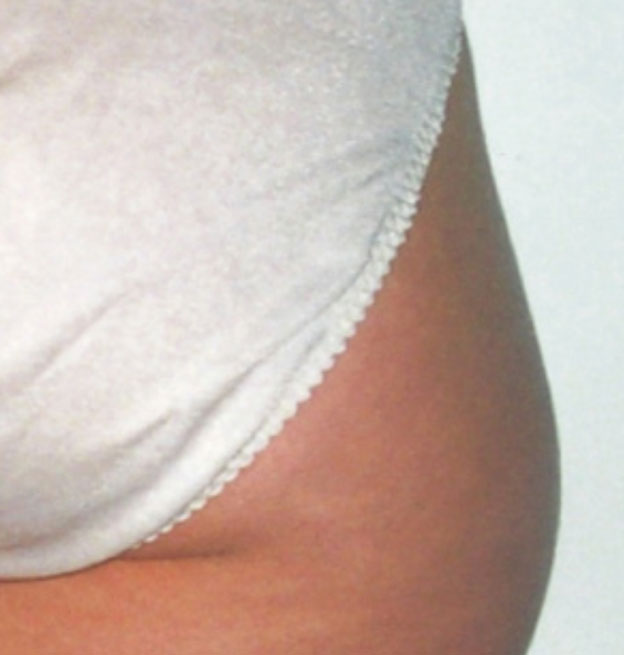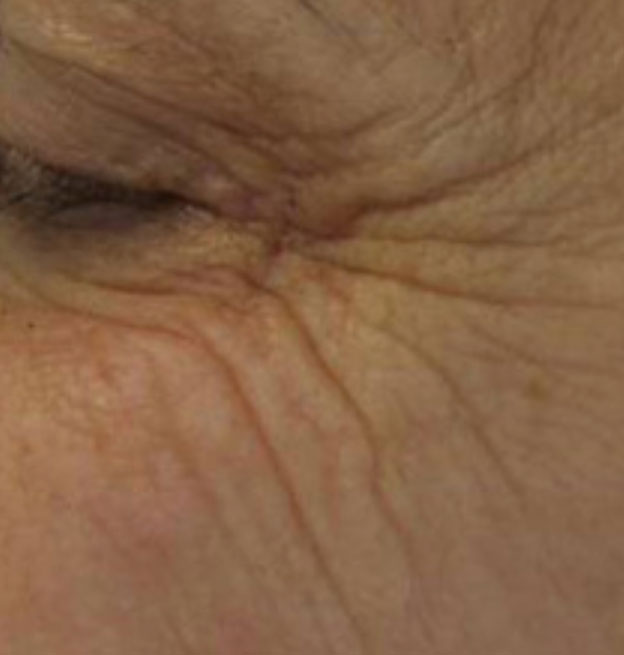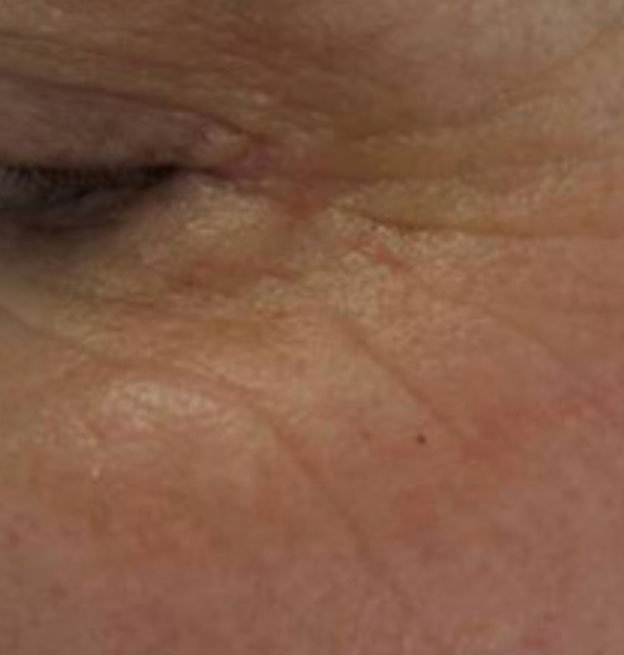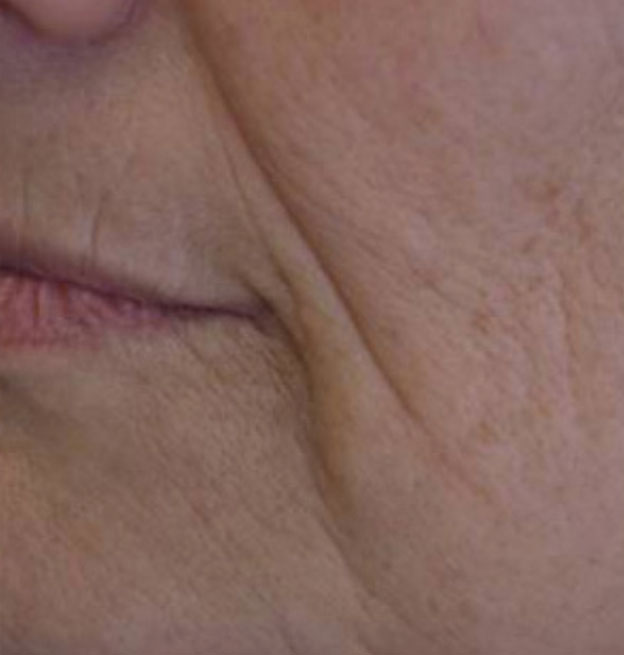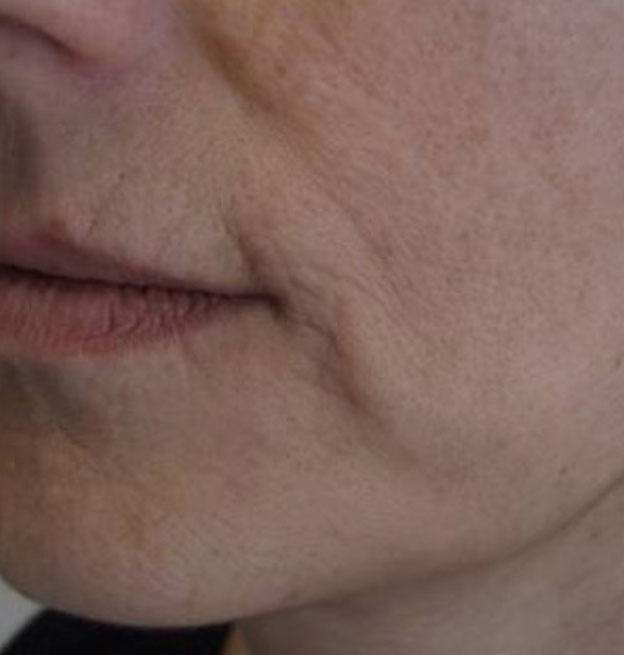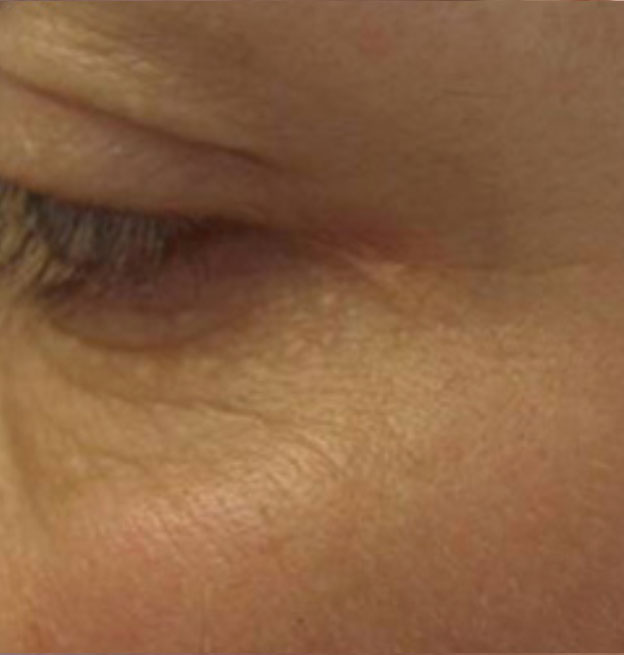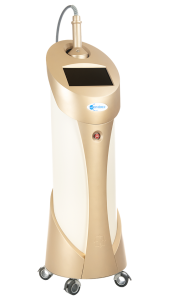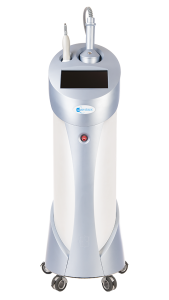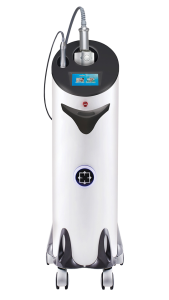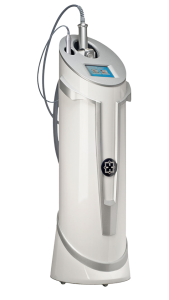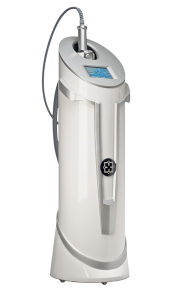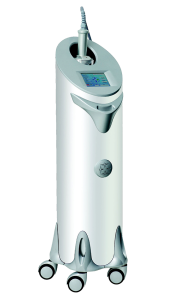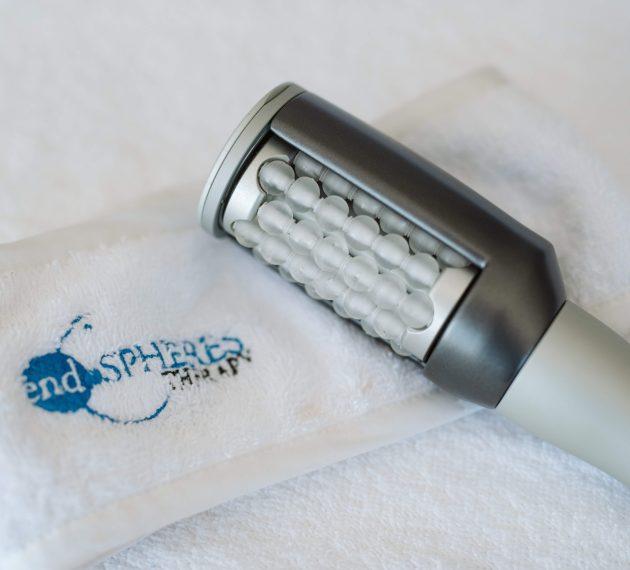Treatments
Body
Endospheres® is the innovative technology to treat the whole body, from feet to neck, forehead to abdomen, buttocks and arms.
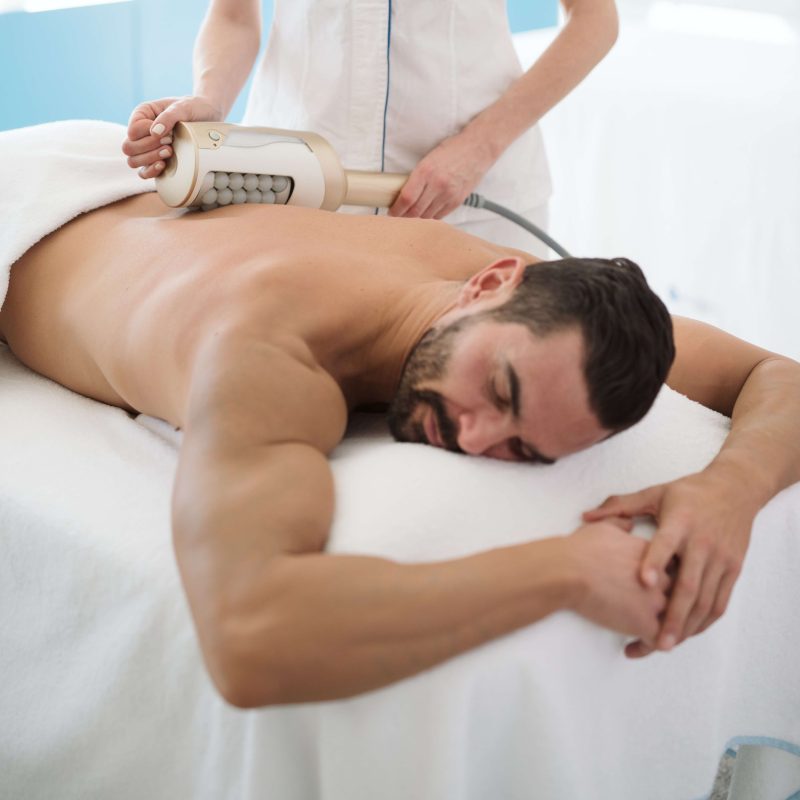
Face
Endospheres demonstrates its complete versatility by extending its applications to include effective facial treatments, providing solutions for various aesthetic needs and ensuring a comprehensive approach to skincare.

The safety you seek
Endospheres devices can be sanitized after each treatment, guaranteeing hygiene and safety for both the operator and the final customer.

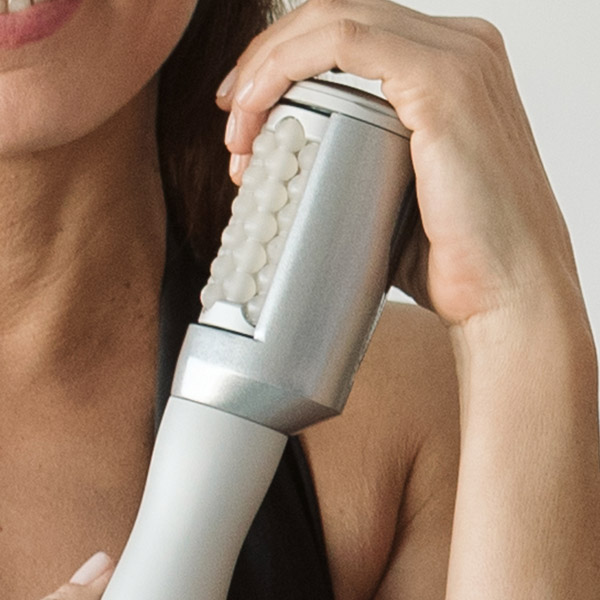
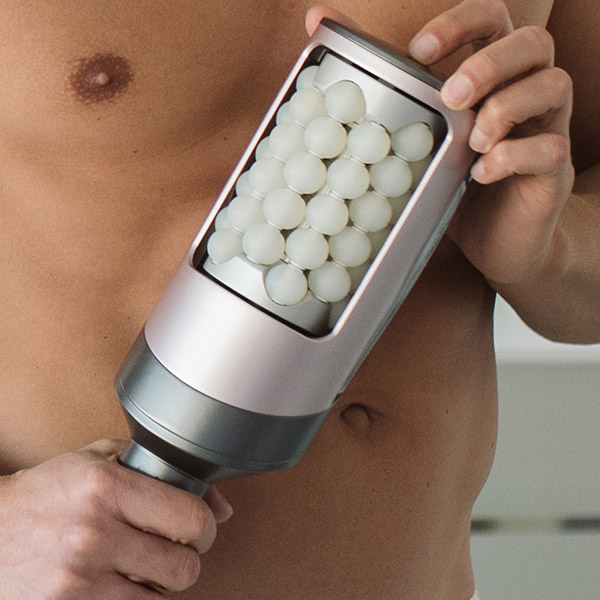
The Endospheres® handpiece was designed to work in total hygiene and safety: the roller can be removed and sanitized after each usage to protect your operators and customers.
exploreEndospheres before and after results
Our devices
Innovation, design, technology. A revolutionary treatment.
Endospheres® being quoted by

Are you a professional?
Enhance your body and facial treatment offer with Endospheres to provide outstanding customer experiences.
